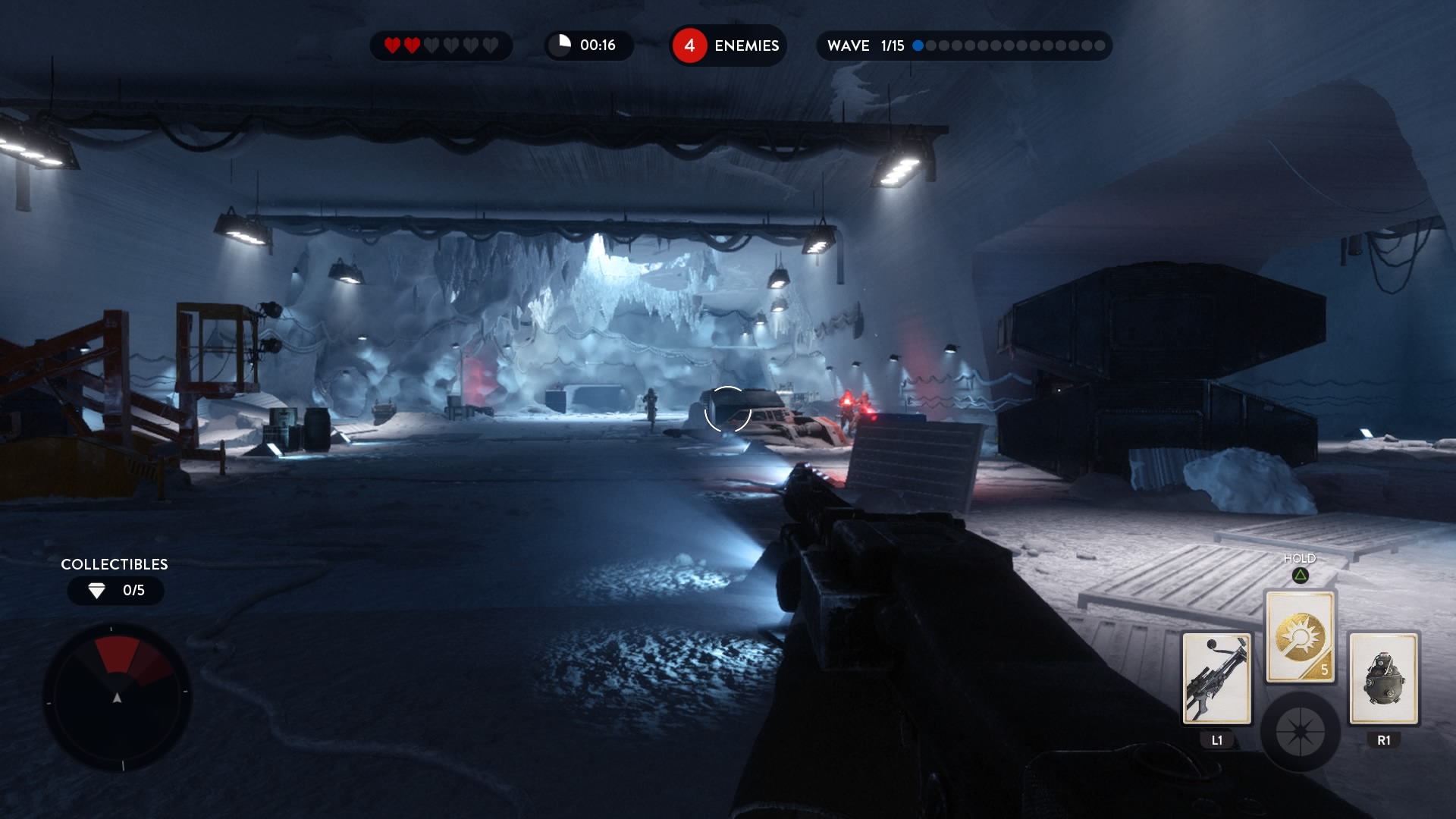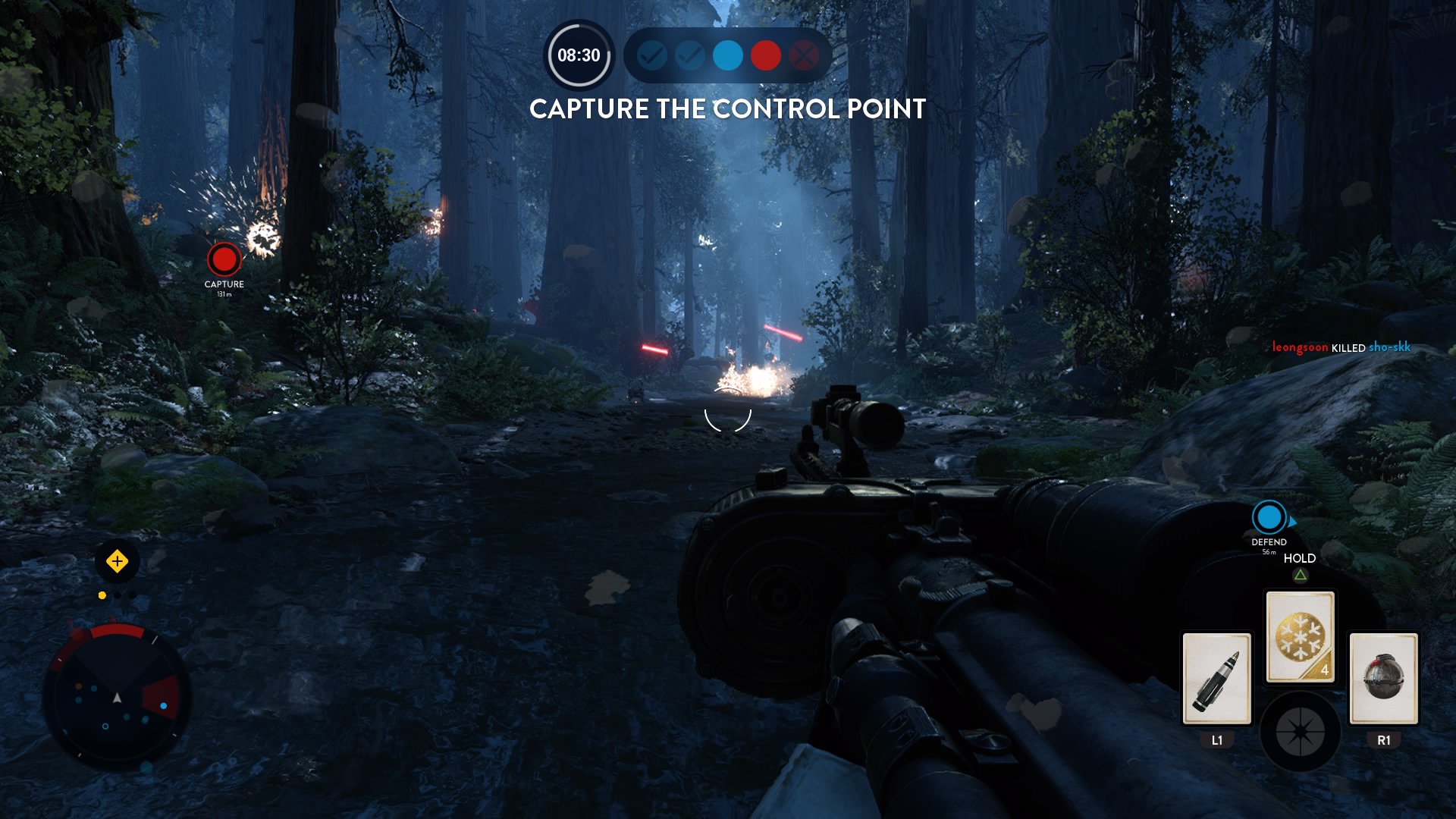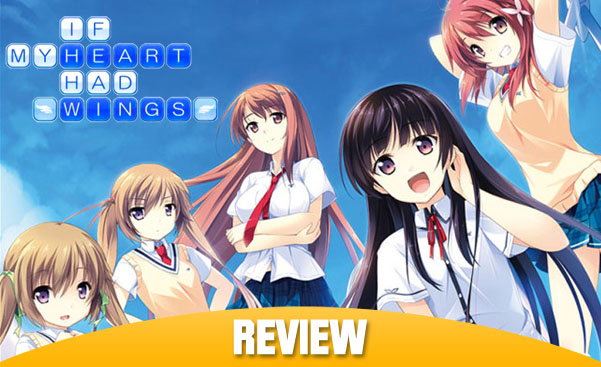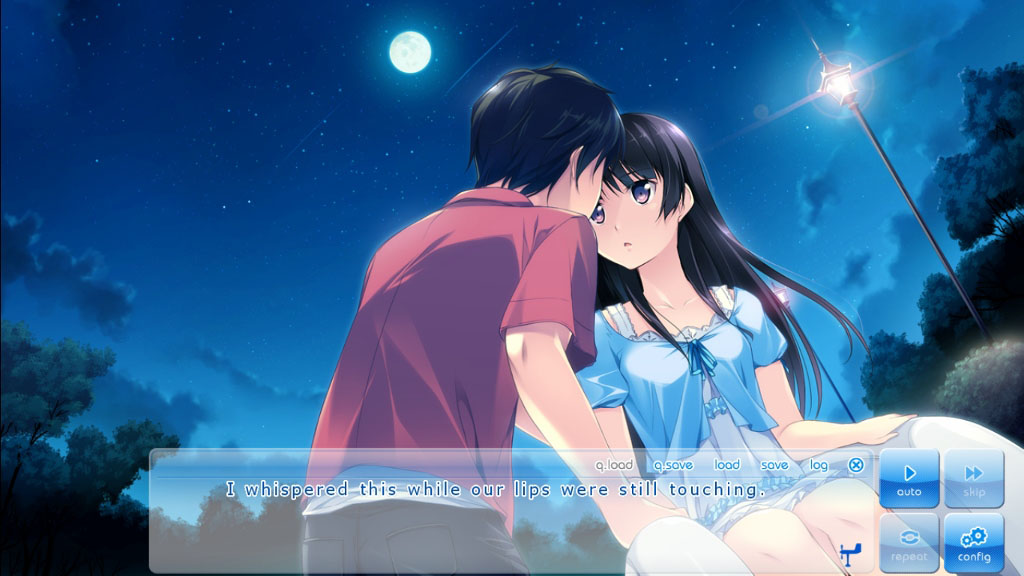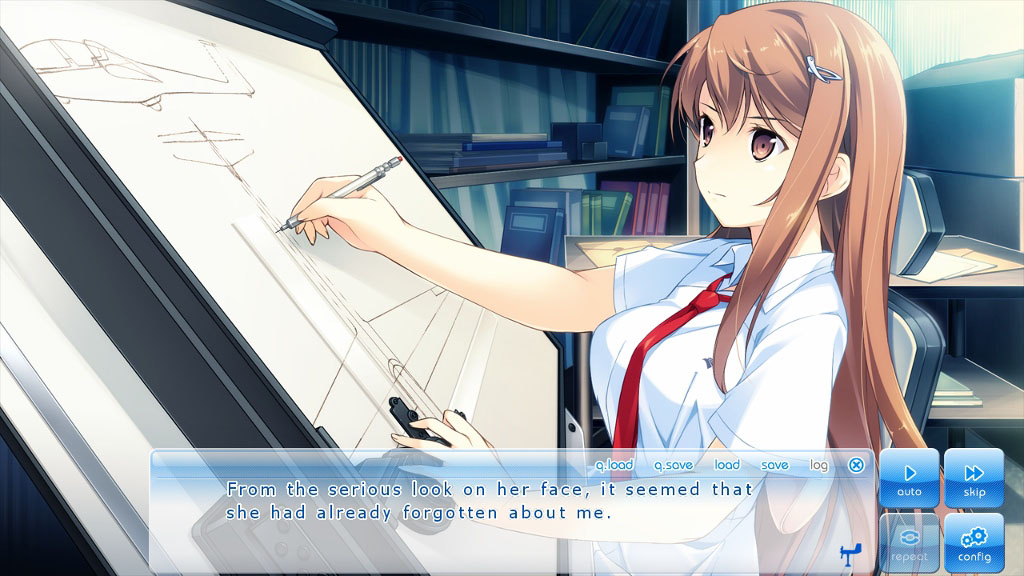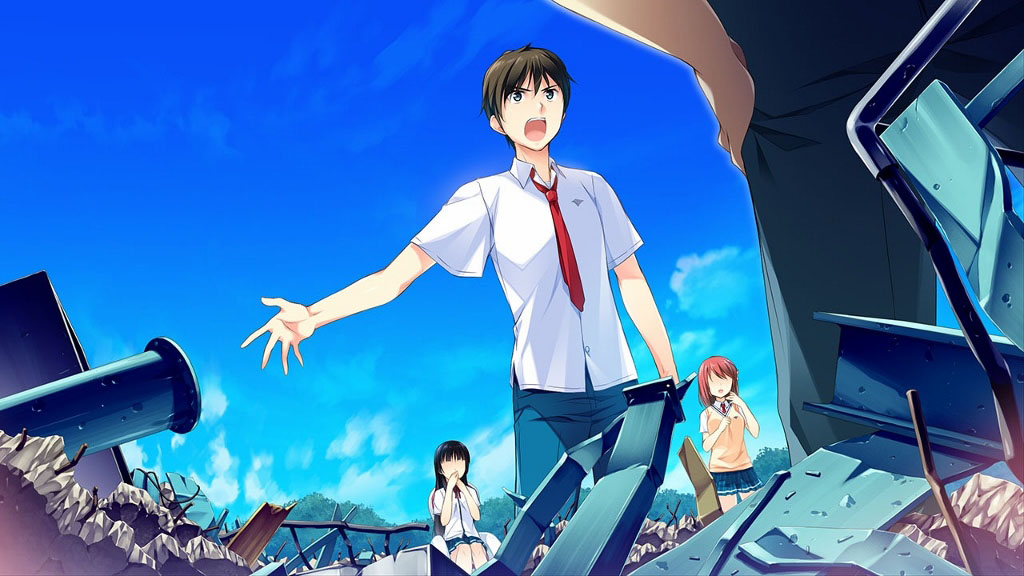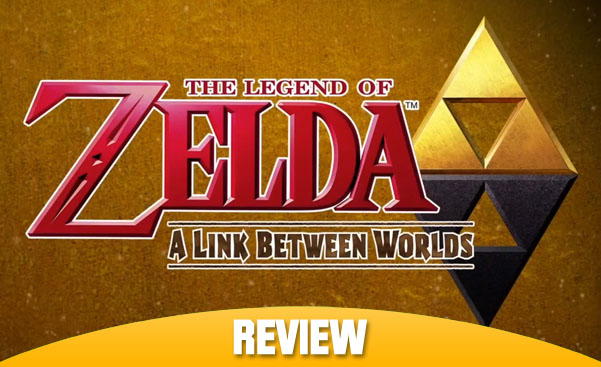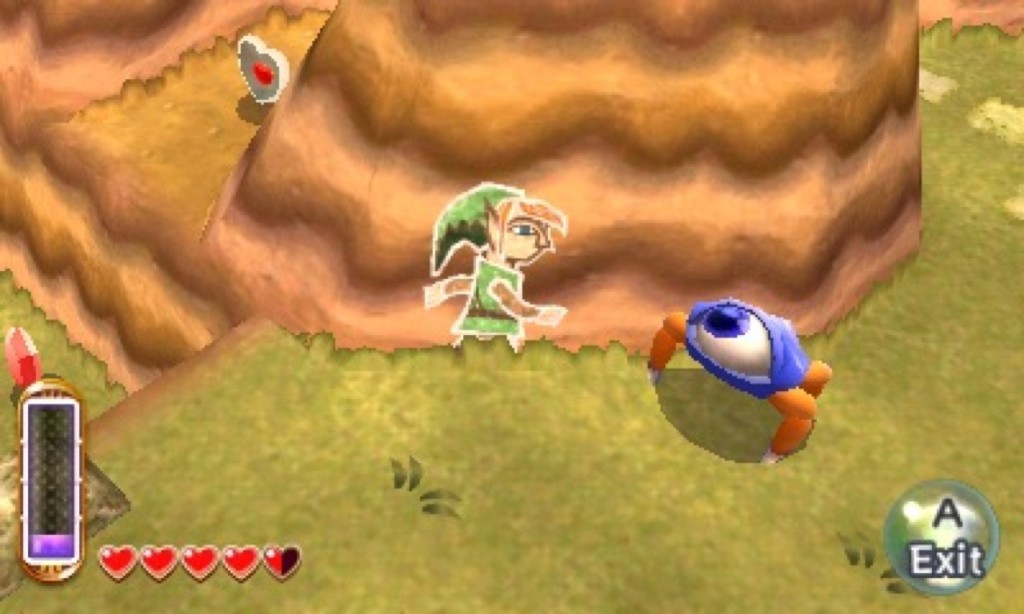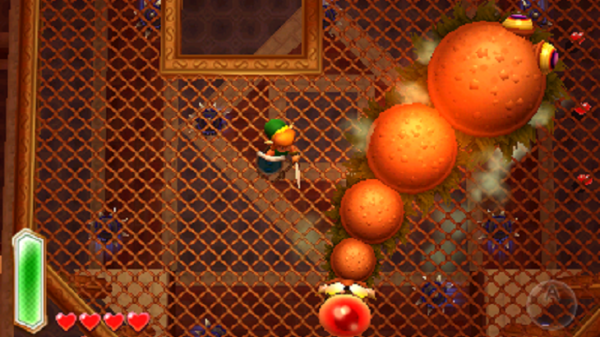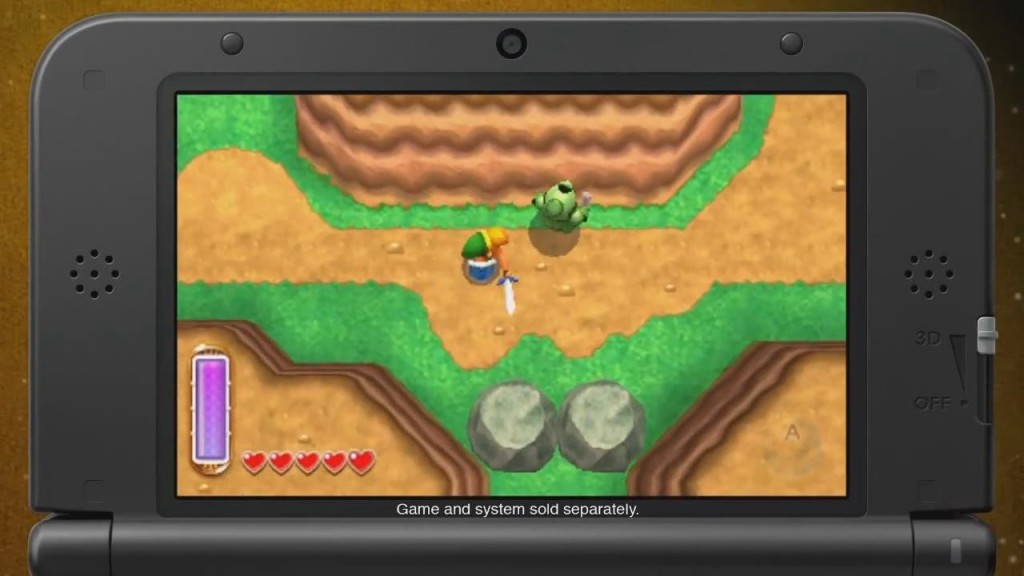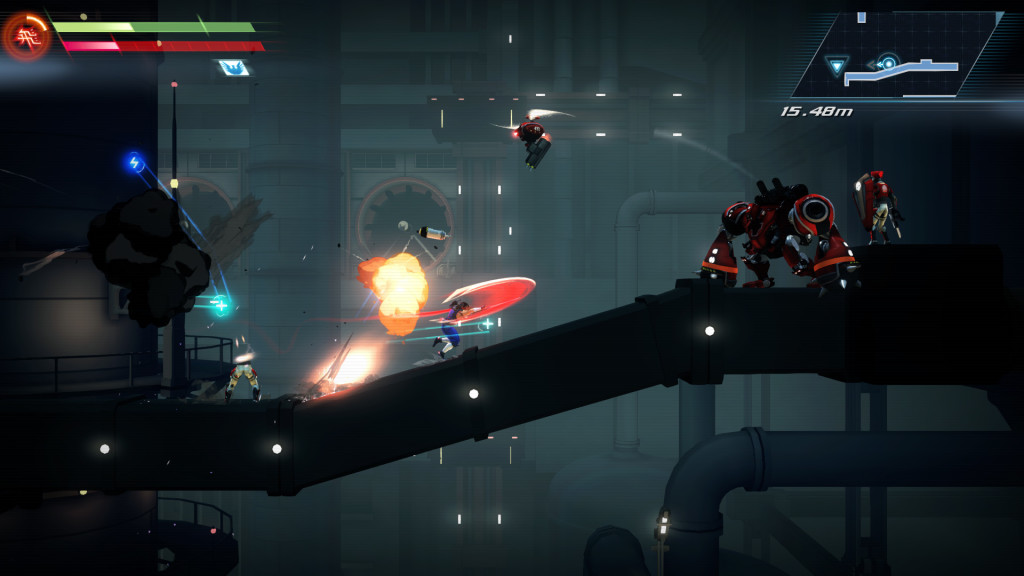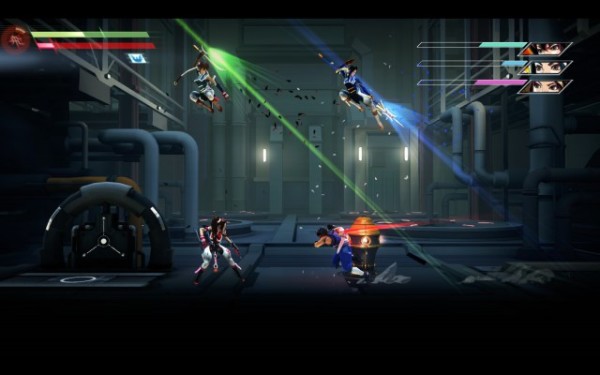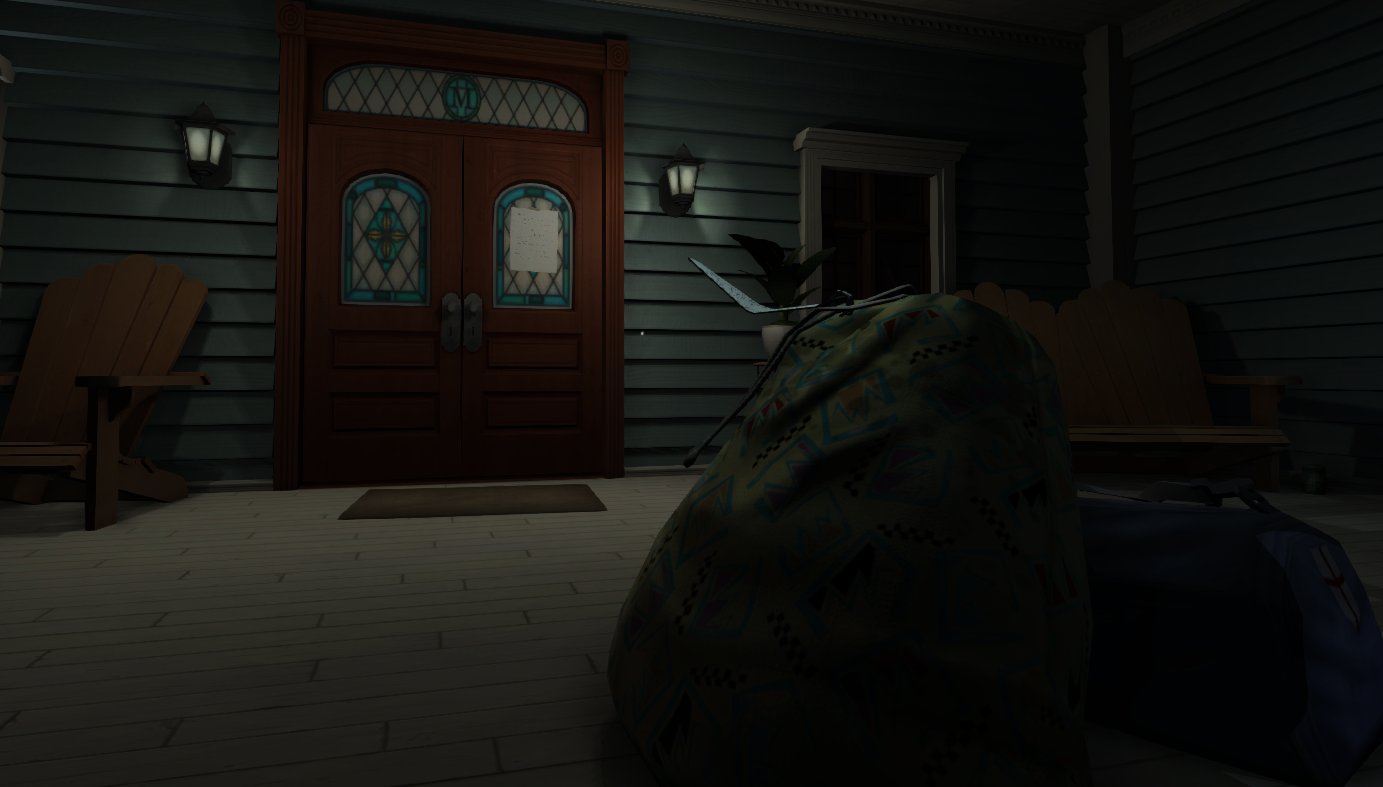Review: Star Wars: Battlefront (PS4)
/I got my hands on the hotly anticipated Star Wars: Battlefront reboot, a multiplayer-only title that not only aims to deliver a perfect experience for Star Wars fans, but to live up to what has made Battlefront a beloved franchise. Did it deliver? Come closer and relax a bit, I think you’ll need to sit down for this one. When it was announced that the studio DICE would be in charge of rebooting the Battlefront franchise for the next generation, it seemed like a fitting choice thanks to their work on the Battlefield games. Star Wars Battlefront focuses on the original trilogy and lets players participate in epic battles on known and beloved Star Wars locations.
Jumping in, everything felt perfect – the immersion of being in a Star Wars battle was there. The blaster sounds, the John Williams music, even fearing the possibility of Darth Vader approaching in a narrow corridor. I had a big smile on my face as I played, confirming that my inner Star Wars fan was happy. I have to quickly commend DICE for pulling this off because the presentation was finely executed. Performance-wise, there were no FPS drops or bugs/technical issues that ruined the immersion during my time with the game. The details on each map and vehicle are such a treat, showcasing DICE’s commitment to this project. This is probably the best-looking game this year. Definitely a polished product.
Going through a couple of battles, I found satisfaction picking up those power-up cards found on the map that allow you to pilot an X-Wing to provide air support, or helm, say, an AT-ST or AT-AT to push the advance. If you’re lucky, you might just grab the Hero power-up, become one of the three heroes or villains on the map, and make a difference on the battlefield. The powerful heroes allow for a variety of epic scenarios that make for great stories to tell your friends as well as fun .gifs.
As I continue to play more of the game, though, I'm feeling a disturbance in the Force. I find myself experiencing the same things over and over. The magic is wearing off.
The true essence of Star Wars Battlefront can be found in two modes: Supremacy and Walker Assault. These modes allow for 20vs20 matches with vehicles and heroes enabled. It’s chaotic fun, and they are easily the preferred game modes among the nine available. The one big issue is the lack of maps available for them. Among the 13 maps found in the base game, there are only 4 big maps catered to these modes. They are quite large, but it's just not enough, since the sense of the Battlefront's gameplay being repetitive was present early on, which is quite a surprise after just one night with it. To change things up, I explored the smaller modes with player counts of 10v10 or 6v6, and found them more appealing thanks to their unique game modes. Yes, the common modes like Team Deathmatch and Capture the Flag are present, but a couple of the unique game modes turned out to be fun. I personally like Droid Run, which tasks you with having your team take control of three wandering droids on the map. If you want to play around with the heroes and villains in the game, there are two modes for that. Dogfights with TIE Fighters and X-Wings? There’s a mode just for that, too.
It was pretty exciting to be actually piloting the beloved X-Wing ship, blasting away incoming TIE Fighters, but after a couple of matches, the mode went stale fast thanks to its basic gameplay. Once you get a lock on someone, you simply hold down the fire button and watch your opponent wither away. You only have one chance to avoid a lock-on too, so there’s only so much you can do once an opponent is on your tail. The outcomes can be dependent on which skills are available as well. Since I can only pick what ship to spawn as with no way to customize their loadouts, this mode is an act of fan service more than anything. Since aiming at tiny ground units is tough, aerial combat is best enjoyed during Supremacy or Walker Assault, where you can potentially contribute to the overall job.
The developers provide a lot of variety for the players, but most of it feels like fodder in the end, modes to prepare you for what I consider are the main course of Battlefront – Supremacy and Walker Assault.
Probably after five hours with the game, I noticed a more troubling issue – progression. It’s simply lacking. There are no classes in this take of Battlefront. Instead, you can bring two equipment cards (grenades, jetpacks), one ability card (reduced cooling ability, explosive shot), and one trait card (a Passive ability which improves through kill streaks). As I unlocked more cards and tried different combinations, I noticed that my play style hadn’t changed at all. The only time it felt different was when I first unlocked the jetpack, giving me access to new areas in the map to take advantage of. Equipment cards can be upgraded at a hefty cost, but the only change to this equipment is a reduced cooldown.
Customization for your character is probably the worst I’ve seen in a multiplayer game. I stared at the screen for a few seconds when I found out that I have to spend 1,700 of my hard-earned credits to unlock a bearded Rebel character, or unlock a Stormtrooper without his helmet. You can play as an alien if you really want to, but those require a higher rank of around 45. There are also emotes to unlock, if you’re into that. This was quite disappointing considering the deep progression found in DICE’s past games, leaving me worried about this game’s staying power.
There is no campaign in Star Wars Battlefront. But if you want to take a break from multiplayer, you can opt for the missions that can be played with split-screen co-op or online co-op. These, again, are fodder content at best. Four survival missions pit two players against 15 waves of AI enemies. Battle missions are simple tasks that require you to earn points by killing the opposing NPC team. There are also battle missions where you can play as a hero or a villain. Doing these missions once for the sake of trying them is all you need, really. The rewards for full completion or even attempting them on a higher difficulties are not enough to inspire another run. There are training missions to learn the different game mechanics, but I found no purpose in them, since everything I needed to know I learned by simply playing multiplayer.
I had a lot of fun with Star Wars: Battlefront, I can’t deny that. It might be one of the best Star Wars games I’ve played, since it captures that universe (or to be more specific, galaxy) perfectly. But the content provided in the base game leaves me scratching my head. The maps and progression system are too lacking for a competitive FPS player to get truly invested in, so what more for the casual player? I got my fill in just a couple of days and am finding it hard to justify continuing to jump in with me currently at rank 25. DICE should be proud of what they’ve created, but I won’t be surprised if players have moved on after just a couple of days. Star Wars fans will enjoy this after warping in for the first time, but once the excitement of being in an epic Star Wars skirmish wears off, there’s nothing left to hold on to.
6/10
+ Perfect execution with the Star Wars world + One of the best-looking games this year + Supremacy and Walker Assault are chaotic fun - Lacks deep player progression and customization - Repetition kicks in really early - Air battles are shallow at best - Only 4 maps to the best modes in the game - Co-op Missions feels like fodder
Post Content
EA and DICE announced a season pass for Star Wars Battlefront priced at $50, giving you access to 4 expansion packs for the game. The DLC pass will provide over 20 new pieces of weapons, vehicles, and Star Cards for both sides. Four more heroes and villains, 16 additional multiplayer maps, four new game modes, two-week early access to each expansion pack, and an exclusive “shoot first” emote. No date was given for when the first expansion will hit. A free map called “Battle of Jakku” was announced and will be available for all players on December 8. Those who pre-ordered the game will get early access to the map as early as December 1. A new 20v20 game mode called Turning Point will come for free with the Battle of Jakku map.
Developer: DICE Publisher: Electronic Arts Reviewed By: Carlos Hernandez


